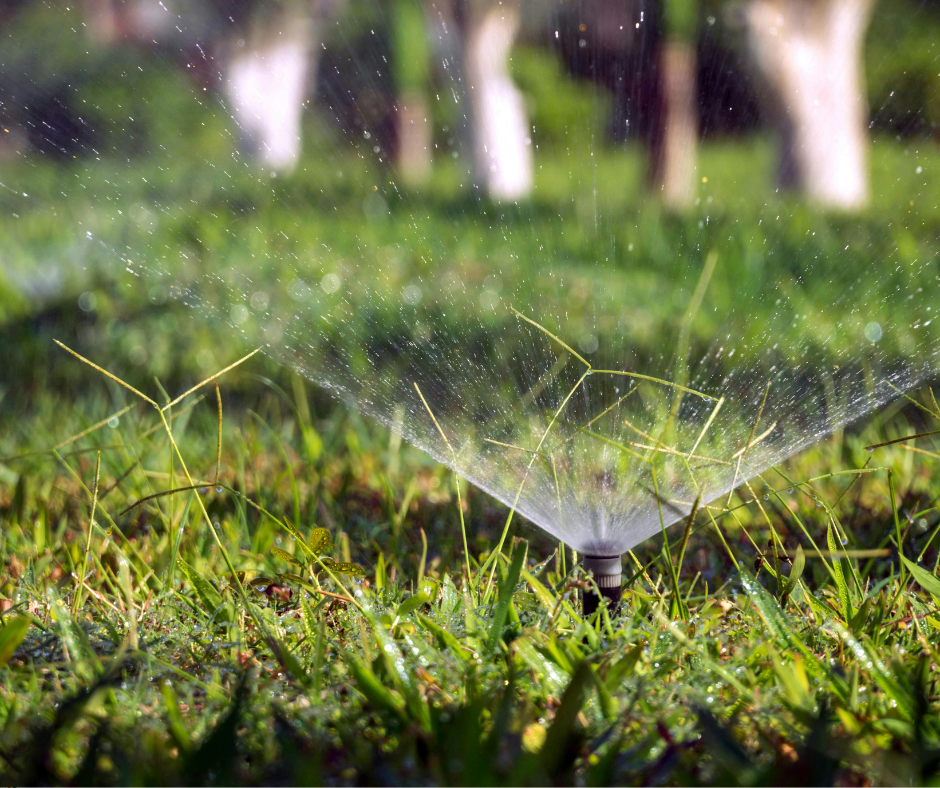Smart Irrigation Adjustments Every Property Should Make in October
October marks the turning point between late summer growth and the cooler, dormant months ahead. It’s also one of the most important times to make irrigation adjustments for your landscape. As temperatures drop and rainfall patterns change, your property’s watering needs shift dramatically. Without proper management, overwatering or uneven irrigation can lead to wasted resources, plant stress, and costly maintenance issues.
At RCI, we focus on proactive, seasonal irrigation strategies that help both commercial and residential landscapes stay healthy and efficient all year long. Here’s what every property should consider this month.
1. Reduce Watering Frequency
As temperatures cool, evaporation slows down and plants require less water. Continuing summer watering schedules can quickly oversaturate soil, especially in shaded or low-lying areas.
A good rule of thumb: reduce irrigation by 20–30% in early fall, then continue adjusting weekly based on rainfall and temperature. For commercial properties, RCI’s landscape maintenance teams fine-tune irrigation controllers to ensure consistent coverage without waste.
2. Monitor Soil Moisture
Soil conditions vary greatly across large properties. Even when air temperatures drop, the soil may still retain heat and moisture from summer. Smart irrigation systems equipped with soil moisture sensors can detect these conditions and automatically adjust watering cycles.
If your system doesn’t have sensors, a manual test—digging a few inches into the soil—can help determine if watering is still needed. The goal is to maintain even moisture without waterlogging plant roots.
3. Check and Clean Irrigation Components
October is the perfect time for a system check-up. Clear out debris from sprinkler heads, inspect drip emitters for clogs, and ensure valves are functioning correctly.
Leaks and blockages can easily go unnoticed during the busy growing season. Addressing them now prevents major water waste and protects your investment before winterization begins.
4. Adjust Timing for Cooler Days
With shorter days and cooler mornings, watering at dawn or early morning remains ideal, but run times should be shortened. Excess moisture left on leaves overnight increases the risk of disease and fungus, especially in turf areas.
Modern irrigation controllers allow for fine-tuned scheduling that aligns with weather forecasts. RCI’s maintenance specialists regularly program these systems to balance efficiency and plant health across large commercial landscapes.
5. Incorporate Rain Sensors and Smart Controllers
October often brings more frequent rainfall. Installing rain sensors or upgrading to a smart irrigation controller can automatically pause watering during wet periods and resume when conditions dry out.
This simple technology can reduce water use by up to 30%, making it one of the smartest investments for any commercial property or HOA community preparing for fall.
6. Plan Ahead for Winterization
In many regions, late October signals the start of irrigation system winterization. Draining and blowing out lines prevents freezing and cracking once temperatures drop below 40°F.
Scheduling this service early ensures your system is protected and ready to restart smoothly in the spring. At RCI, we coordinate winterization as part of our full-service landscape maintenance programs, so clients never have to worry about timing or system damage.
Make Every Drop Count This Fall
Proper irrigation management in October sets the foundation for a healthy, thriving landscape in spring. By adjusting schedules, monitoring soil moisture, and maintaining system efficiency, you’ll conserve water and support plant vitality through the seasonal transition.
RCI’s irrigation and landscape maintenance teams specialize in creating sustainable solutions for commercial properties, campuses, and community spaces. Contact RCI today to schedule your fall irrigation review and ensure your landscape is ready for the months ahead.


.png)
.png)

